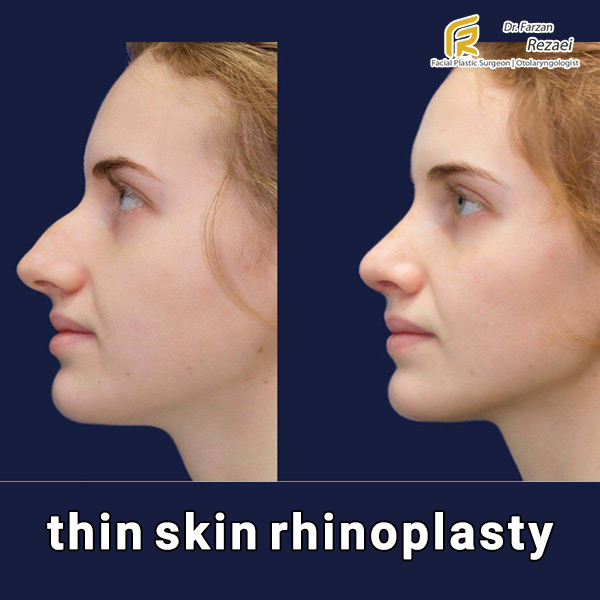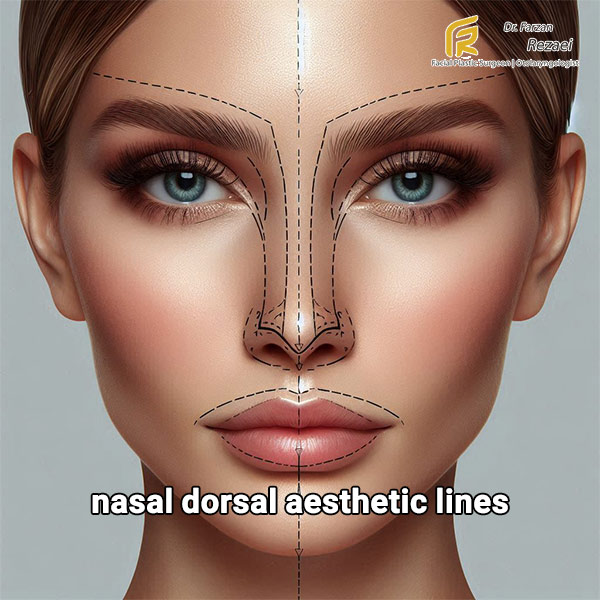Otoplasty
EAR RESHAPING
Otoplasty
Abnormally protruding ears can make a child of any age the object of cruel remarks by his or her peers. For any child whose appearance causes concern, otoplasty, “ear pinning” should be considered before peer pressure begins to play a significant role in the child’s self-esteem, typically age six or seven. When otoplasty is performed at about age five the development the auricular (ear) cartilage is at an optimal state of maturity to accept the modified projection. Otoplasty (OH-TOE-PLASTY) is a safe, effective procedure performed to achieve a less noticeable appearance while maintaining function. Because of its potential to foster a child’s self-esteem, otoplasty is a most satisfying facial plastic surgery.
When discussing otoplasty and cosmetic surgery the best place to start is by looking at before and after photos to see just what can be accomplished. Adults often tell us that their protruding ears detract from their beauty and ask to combine otoplasty with another surgery. Most rejuvenation and contouring surgery can be combined with otoplasty including facelift, browlift, blepharoplasty (eyelid surgery), chin implants, cheek implants, rhinoplasty (nasal surgery), lip surgery and skin resurfacing.
For adults considering otoplasty, it goes without saying that cosmetic surgery won’t save a failing marriage. Patients not ready for cosmetic surgery are better served with conservative measures, such as Botox for fine lines and wrinkles or Collagen for crows feet. Adults that educate themselves about cosmetic surgery know when and if the time is right to proceed.
At the initial consultation, your surgeon evaluated the bony and soft tissue architecture as well as the form and function of the ears. Assessment of the head and neck along with the ears themselves provides the basis for what one may expect from otoplasty. Skin type, ethnic background and age, along with the degree of deformity and function are important factors influencing the outcome of surgery. As with all facial plastic surgery, a thorough health assessment and realistic expectations are prerequisites. The family’s understanding of procedures and routines is essential to a successful final result.
BEFORE OTOPLASTY SURGERY
At your preoperative appointment our nurse will provide all the instructions for you to follow before and after surgery. On the business day prior to the operation we ask you to call to confirm your arrival time for surgery. Upon arrival for your surgery, you and your family will talk with a nurse to discuss anesthesia (local anesthesia with IV sedation keeps you asleep and comfortable) and meet with your doctor before going to the operating room. Depending on the child’s age and development, IV’s are typically started after the child is asleep. Otoplasty takes about one to two hours depending on the structure and tissue prior to surgery. If you are having a combination of procedures your surgery will take longer. Recovery time from the anesthetic takes about an hour and adults will be discharged about four hours from the time of admission. It may be necessary to watch a youth a bit longer to be sure she is eating, drinking, voiding and awake enough to go home.
PREOPERATIVE OTOPLASTY INSTRUCTIONS
- В В Please avoid any aspirin, aspirin-containing products, or ibuprofen (Advil, Aleve, etc.) for one week prior to and two weeks following your surgery. See “Medication List” for details about products to avoid prior to surgery. If you are on any medications that affect bleeding (such as coumadin/warfarin) notify the office immediately.
- В В Please refrain from tobacco products and alcohol for one week prior to surgery. Along with delayed wound healing, persistent skin redness and other complications may persist when tobacco and alcohol are not discontinued.
- В В Please notify us of all routine medications and significant health history. We ask that you remain on your daily medications unless instructed otherwise. At the preoperative appointment, our nurse will tell you which daily medications to take with just a sip of water on the morning of surgery.
- В В At your preoperative appointment you will be given prescriptions for use following surgery including an oral antibiotic and pain medications. We will also provide instructions to obtain a wide ski-type headband. Please obtain these prescription medications and supplies before your surgery so you will have them ready for use when you return home after surgery.
- В В You may not eat or drink after midnight the evening before the procedure unless instructed otherwise. You may brush your teeth. Your procedure will be cancelled if you do not follow these instructions.
- В В Do not bring valuables (cash, credit cards, watches, jewelry, etc.) В Remove all make-up and nail polish before arriving for your procedure.
- В В Someone must be available by telephone at all times while you are here at the clinic for surgery. Someone will need to drive you home after your surgery and stay with you that evening. Transportation to the office for head dressing removal three to four days following surgery is also required.
AFTER OTOPLASTY SURGERY
When you wake up from surgery you will notice a snug head wrap dressing that covers your ears. This helps to minimize swelling and reinforce the new position of the ears. The head wrap dressing may temporarily affect your hearing.
Following otoplasty, the nurses will ask assist you to meet the discharge criteria: to drink liquids, walk with a steady gait, void, manage your discomfort, and to see that you can make your needs known. The nurses will teach you how to keep the head wrap dressing dry and intact for about three to four days.
You will be asked to come to our office (not the Surgery Center) three days after surgery for removal of the head dressing with replacement of the ski-type headband. It is essential that you bring the headband with you to this appointment. Most patients tell us removal of the head dressing is a big relief.
POSTOPERATIVE OTOPLASTY INSTRUCTIONS
Activity
Sleep with head of the bed elevated or use two to three pillows for one week after surgery. Absolutely no bending, lifting or straining. For adult otoplasty patients, if you have little children, sit on the floor to let them climb on to your lap. We recommend no driving for one week following surgery while the head dressing is in place due to decreased hearing and range of motion of the head and neck. A minimum of one week off work is recommended.
Diet
Advance diet from liquids to soft food to your regular diet as tolerated.
Wound care
For three to four days after surgery, keep the dressing dry and intact. Bathing is OK, but do not get the dressing wet.
Medications
Use pain medication as needed. Most patients complain of discomfort more than pain. Side effects of pain medications can include nausea and constipation. Taking pain medication with food helps minimize nausea. Over-the-counter laxatives are indicated if constipation persists.
Start your antibiotic (Keflex/cephalexin) when you get home. It is not uncommon to have a low-grade fever for 24 hours following surgery.
Please Remember!
Bruising, swelling and disrupted sleep are very normal postoperative symptoms and will decrease as the healing process occurs. Since hearing is temporarily compromised, assistance with daily activities is recommended.
Final Result
Following otoplasty, it takes time for the swelling to subside and for the skin to heal. Most patients return to school one to two weeks following surgery, depending on temporary bruising and swelling. We recommend a minimum of two weeks out of physical education and a written excuse will be provided.
Final results following otoplasty are not assessed for one full year following surgery. After three months, the changes are ever so subtle, although still important. Being perfectionists about our work, you may tell us you are pleased long before the one year anniversary. However, we request that you follow-up with us at that time for postoperative photographs and so that we can enjoy your final result.





